Are Sharpies Non-Toxic? Safety Facts and Detailed Insight
Are Sharpies non-toxic? I couldn’t help but wonder about this as I watched my young niece colour her latest masterpiece with these bold markers. A question so simple yet so important, particularly for parents, teachers, and DIY enthusiasts.
In our journey through non-toxic living, understanding every facet of the products we interact with daily is key. This article will shine a light on the truth behind Sharpies – are they safe or not? We’ll dive deep into their certifications, possible health implications, and essential safety tips.
Aimed at equipping you with the knowledge to use Sharpies with confidence, this guide is for anyone seeking assurance, whether it’s for use in their crafts, classrooms, or even body art. Keep reading for these essential insights.
Unveiling the Truth: Sharpies’ Toxicity Levels
Understanding AP-Certified Non-Toxic Label
Sharpie markers carry the AP-certified non-toxic label from The Art & Creative Materials Institute, Inc. (ACMI). This esteemed certification signifies that Sharpie markers have passed stringent toxicity assessments and comply with the rigorous standards of ASTM D-4236. The ACMI “non-toxic” seal assures you that Sharpies are safe for typical art activities, by covering areas like inhalation and ingestion safety.
But here’s an important point to keep in mind—not all non-toxic certifications are equal. The certification doesn’t extend to body art. The skin can absorb chemicals, allowing them to enter the bloodstream, which the non-toxic label doesn’t account for.
Comparing Sharpies: Which One is the Safest?
When it comes to Sharpies fitting the bill as non-toxic, especially for skin use, Sharpie Fine Point Markers are the most viable option. Yet, this comes with a crucial caveat. Other variants like the King Size Sharpie, Magnum Sharpie, and Touch-Up Sharpie are not skin-friendly. These markers contain xylene, a solvent with neurotoxic properties.
Even though Sharpie Fine Point Markers are relatively safer, they should never be used on sensitive areas, such as lips or near the eyes, due to potential risks. Always prioritize your well-being by opting for products explicitly labeled as safe for skin use.
Potential Health Risks Associated with Sharpie Use
It’s crucial to understand the potential health risks tied to Sharpie markers, despite their popularity and widespread use. This section delves into two primary concerns: inhalation and skin contact.
Inhalation Risks: What Happens When You Inhale Sharpie Fumes?
Inhaling Sharpie fumes, especially in large amounts, can introduce a host of health concerns.
The volatile organic compounds (VOCs) in Sharpie ink, such as n-propanol, n-butanol, diacetone alcohol, and cresol, are known irritants. They can affect your respiratory system, leading to symptoms like eye, nose, and throat irritation, particularly due to the presence of volatile organic compounds (VOCs), which are detailed further by the EPA at this link.
From my own experiences, I can tell you that prolonged or intentional inhalation can worsen these effects. Dizziness, headaches, and nausea are common, even though Sharpies carry the AP-certified non-toxic label. This certification doesn’t entirely negate the risks of excessive or improper use. If you’re concerned about safety, you might also be interested in products like non toxic super glue for teeth.

Proper ventilation is key when using Sharpies. Ensuring that your space is well-aerated can significantly mitigate potential hazards.
Risks from Skin Contact: Are Sharpies Safe for Skin?
Let’s talk about the risks associated with Sharpies and skin contact. The ink generally remains on the surface, but prolonged exposure allows some chemicals to seep through. Sharpie Fine Point Markers are AP-certified as non-toxic, making them safer for incidental skin contact. However, they’re not meant for sensitive areas or broken skin.
On the other hand, markers like King Size Sharpie, Magnum Sharpie, and Touch-Up Sharpie contain xylene, a potent solvent. Xylene can be absorbed through the skin and may lead to neurotoxic effects, something I’ve always been cautious about. Extended contact with these markers can cause contact dermatitis or minor skin irritations.
So, while some Sharpies are relatively safer, none are perfect for direct and prolonged skin contact. Always opt for safer alternatives and avoid using these markers on your skin whenever possible.
Guidelines for Using Sharpie Markers Safely
Sharpie markers are a staple in many households and offices, but ensuring their safe use is essential. Understanding the potential risks and how to mitigate them can help you make informed choices, particularly if you’re wondering, “Are Sharpies non-toxic?”
Preventing Exposure to Solvents While Using Sharpies
When using Sharpie markers, it’s crucial to be mindful of the solvents that can be found in some of these products. Using Sharpies in well-ventilated areas is a simple yet effective way to minimize your exposure to potentially harmful solvent fumes. This reduces the risk of respiratory irritation. Even if a Sharpie is labeled as AP-certified non-toxic, it’s best to avoid direct application on your skin. Your skin can absorb solvents, leading to health issues over time, particularly if the skin is sensitive or broken. Also, keep Sharpies away from surfaces that come into direct contact with food. Accidental ingestion of ink may pose health risks.
Do’s and Don’ts: Sharpie Storage and Handling
Proper storage and handling of Sharpie markers not only maintain their effectiveness but also ensure your safety. Here are some tips:
- Store Sharpies in a cool, dry place.
- Always make sure the cap is tightly secured when not in use to prevent solvent evaporation.
- Keep Sharpies out of reach of children to prevent accidental ingestion or misuse.
- When using Sharpies, keep them away from your eyes and lips, and avoid prolonged skin contact to mitigate potential health risks.

Adhering to these simple guidelines for storage and handling will make your experience with Sharpie markers both safe and effective. Even small steps can make a big difference in ensuring non-toxic living.
How to Safely Remove Sharpie Ink
Safe Ink Removal Methods: Avoiding Harmful Chemicals
Removing Sharpie ink can indeed be a delicate task. Safety is paramount, for both your skin and the environment. When searching for an effective, non-toxic ink removal method, I’ve found that mineral oil and grain alcohol (ethanol) work wonders.
One of the simplest and gentlest methods is using mineral oil. Not only is it readily available in most households or pharmacies, but its interaction with the skin is also incredibly mild. I remember my first experience with mineral oil when trying to clean up after an art project with the kids. A small amount on a cotton ball, a few gentle rubs, and the ink started to fade. While it might take a few passes, the extra effort is worth knowing that you’re using a safe, non-irritating substance.
Similarly, grain alcohol, commonly known as ethanol, can be a powerful ally in ink removal. It works quickly and effectively. I usually recommend using a small amount on a cloth or cotton pad, then rubbing it over the inked area. Just be sure to use ethanol; more abrasive alcohols, like methanol, can be quite harmful to both your skin and respiratory health.
Now, there are certain chemicals you definitely want to avoid: acetone, benzene, and toluene. While they are effective, their potential health risks make them a poor choice. Acetone can cause skin dryness and irritation, and both benzene and toluene have severe respiratory and long-term health impacts.
Sometimes, the best approach might just be to let the Sharpie ink wear off naturally. The skin regenerates over time, and through regular washing, the ink will gradually fade away. This requires patience, yes, but it completely eliminates any risk associated with chemical agents.
By choosing these non-toxic methods, you’re making a conscious choice to prioritize your health and the environment. Everyday items like mineral oil and ethanol offer safe alternatives, fitting perfectly with a non-toxic lifestyle.
Through these small but mindful actions, you’re contributing to a healthier lifestyle, both for yourself and the planet.
FAQs: Getting to Grips with Sharpies’ Non-Toxicity
Are All Sharpies Non-Toxic?
- Not all Sharpies are non-toxic. Some variants, like the King Size, Magnum, and Touch-Up Sharpies, contain solvents such as xylene, which can be harmful.
- However, Sharpie Fine Point Markers are AP-certified as non-toxic and generally safer for everyday use. They meet specific safety standards for casual contact, although they’re not suited for body art.

How to Respond to Sharpie Fume Inhalation?
- If Sharpie fumes have been inhaled, it’s best to move to an area with fresh air immediately to reduce exposure.
- Should symptoms like headaches or nausea persist, seek medical assistance. Avoid further inhalation of the fumes to prevent worsening of the symptoms.
Is it Safe for Children to Use Sharpie Markers?
- It is relatively safe for children to use AP-certified non-toxic Sharpies as accidental inhalation or ingestion is less harmful.
- It’s crucial for children to use these markers under adult supervision to ensure they follow safety guidelines, such as not drawing on the skin or inhaling fumes. Always store Sharpies out of reach when not in use.
Can We Use Sharpies for Temporary Tattoos?
- Using Sharpies for temporary tattoos is not recommended. Although tattooists might use them for preliminary designs, they should avoid using red Sharpies due to potential allergic reactions.
- Even the safer Fine Point Sharpies are unsuitable for body art, especially in sensitive areas, because they can cause skin irritation or allergic reactions.
Hi, I’m Olivia Green, the voice behind nontoxicways.com. I’m passionate about helping you make the shift to a healthier, non-toxic lifestyle without feeling overwhelmed. I love sharing my personal journey, from small changes to big transformations, along with practical tips that make it all feel doable. My goal is to inspire and guide you toward a lifestyle that benefits both your well-being and the planet. Let’s take this journey together, one simple step at a time!
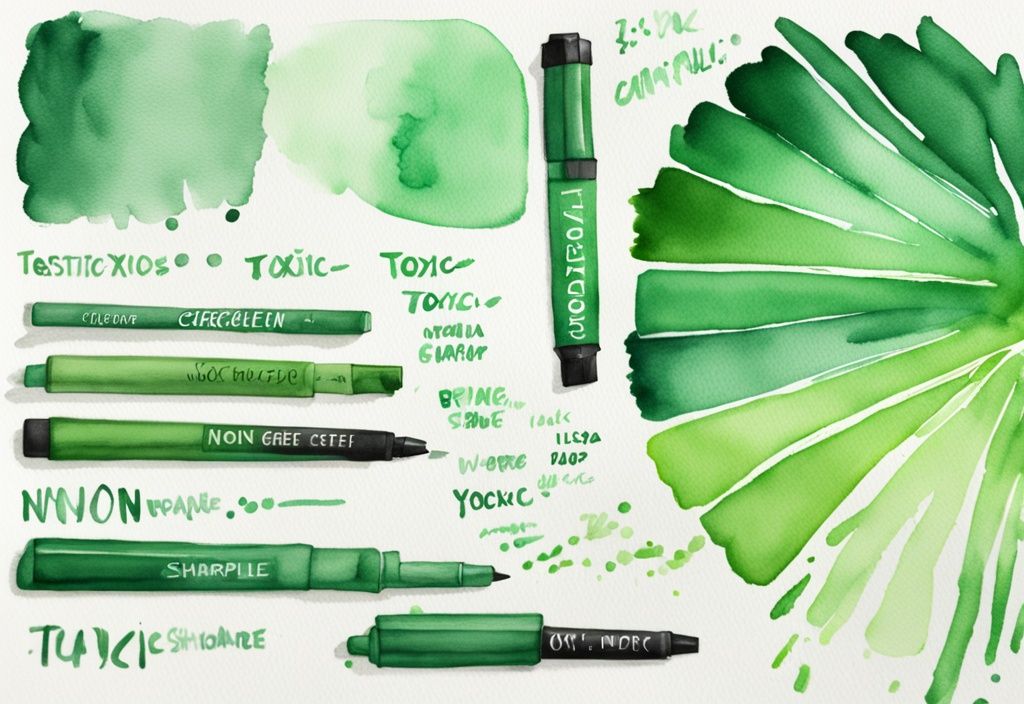


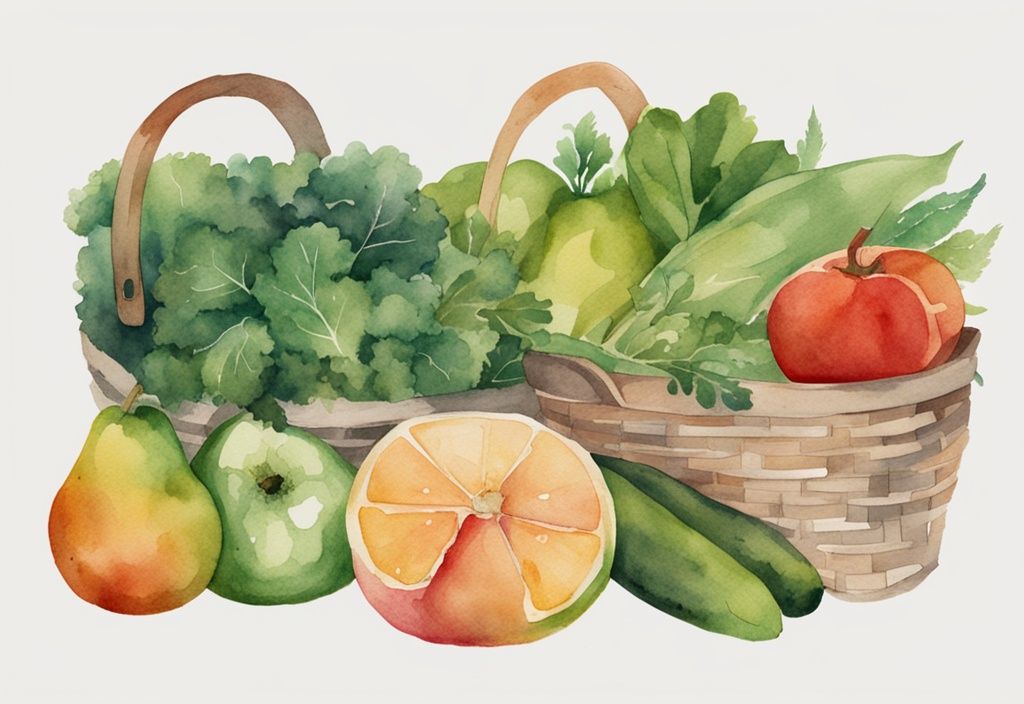
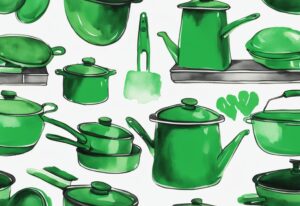



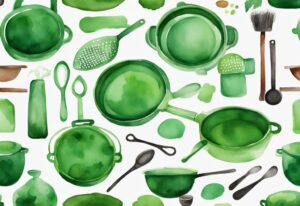
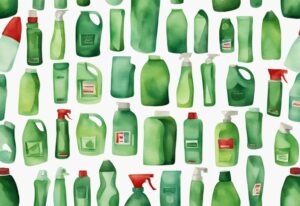




Post Comment